Introduction
In the vast world of technology, we encounter various devices that play essential roles in our everyday lives. These devices can be categorized into three primary types: input devices, output devices, and processing devices. Together, they form the backbone of modern computing systems, enabling us to interact with and receive information from computers. In this blog, we will explore each of these device types, understand their functions, and examine their significance in the world of technology.
I. Input Devices: Input devices are hardware components that allow users to input data and commands into a computer system. These devices capture and convert user-generated information into a format that the computer can process. Here are some common examples of input devices:
-
Keyboard: A keyboard is the most recognizable input device, enabling users to enter text, numbers, and commands by pressing keys.

-
Mouse: A mouse is a pointing device that allows users to move a cursor on the computer screen and select or interact with graphical elements.

-
Scanner: Scanners capture physical documents, images, or photographs and convert them into digital formats that can be stored, edited, and processed on a computer.
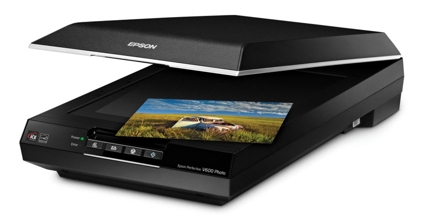
-
Microphone: A microphone converts sound waves into electrical signals, enabling users to input audio data such as voice recordings, speech, or music.

-
Webcam: Webcams capture live video streams, enabling video communication, conferencing, or recording.
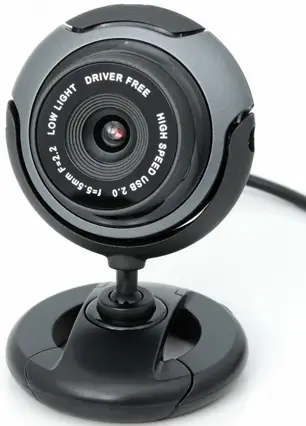
-
Touchscreen: Touchscreens enable direct interaction with the computer screen, allowing users to input commands and manipulate objects using their fingers or a stylus.

II. Output Devices: Output devices, on the other hand, are responsible for displaying or presenting processed data from a computer system to the user. These devices convert digital information into human-readable or perceivable formats. Let's explore some common output devices:
-
Monitor: A monitor, also known as a display screen, presents visual output from the computer, displaying text, images, videos, and other graphical elements.

-
Printer: Printers produce hard copies of digital documents or images on paper or other physical media.

-
Speaker: Speakers produce audio output, allowing users to hear sound effects, music, or spoken content generated by the computer.
:sharpen(1,0,false):quality(100)/product/06/6035/1.jpg?8092)
-
Projector: Projectors display computer-generated images or video on a larger screen or surface, allowing for presentations, movie screenings, or large-scale displays.

-
Headphones: Headphones provide audio output in a more private and immersive manner, allowing users to listen to music, watch videos, or engage in audio-based activities without disturbing others.
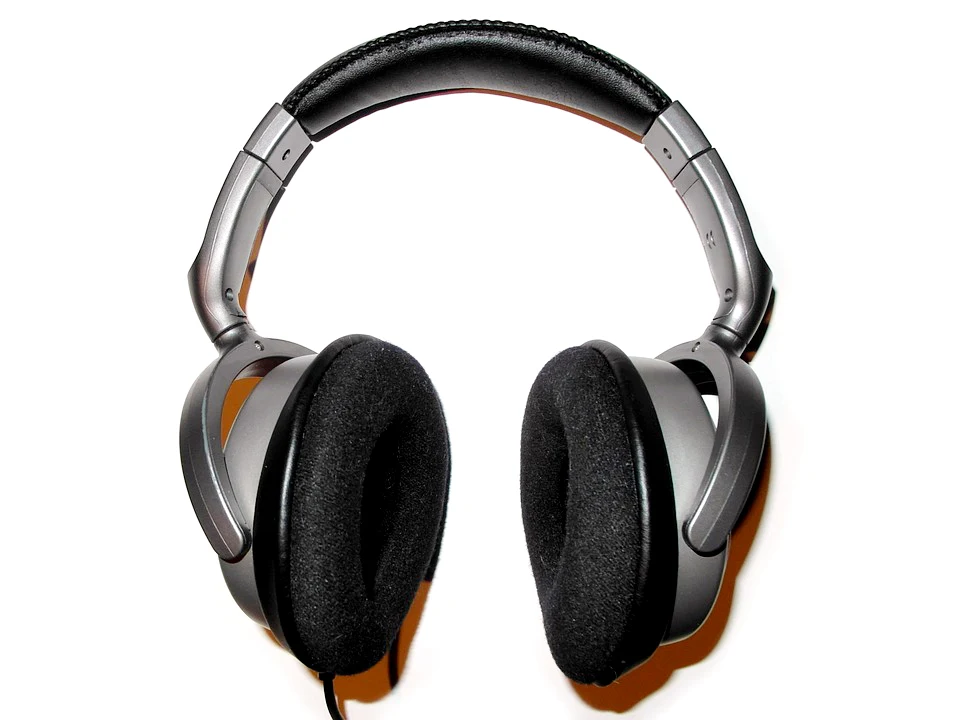
III. Processing Devices: Processing devices are at the heart of any computer system. They execute instructions, manipulate data, and perform calculations, transforming input into meaningful output. The primary processing device is the central processing unit (CPU), often referred to as the brain of the computer. Other processing devices include:
-
Graphics Processing Unit (GPU): GPUs specialize in rendering and manipulating graphical data, making them vital for tasks such as gaming, video editing, and 3D modeling.
-
Digital Signal Processor (DSP): DSPs are designed to efficiently process signals such as audio, video, or sensor data, and are commonly used in audio/video codecs, telecommunications, and multimedia applications.

-
Application-Specific Integrated Circuit (ASIC): ASICs are custom-designed integrated circuits built for specific tasks, offering optimized performance and energy efficiency for specialized applications like cryptocurrency mining or machine learning.

-
CPU: The brain of a computer, the CPU, plays a critical role in executing instructions, performing calculations, and managing data within a computer system. Its performance and capabilities have a significant impact on the overall functioning of a computer.
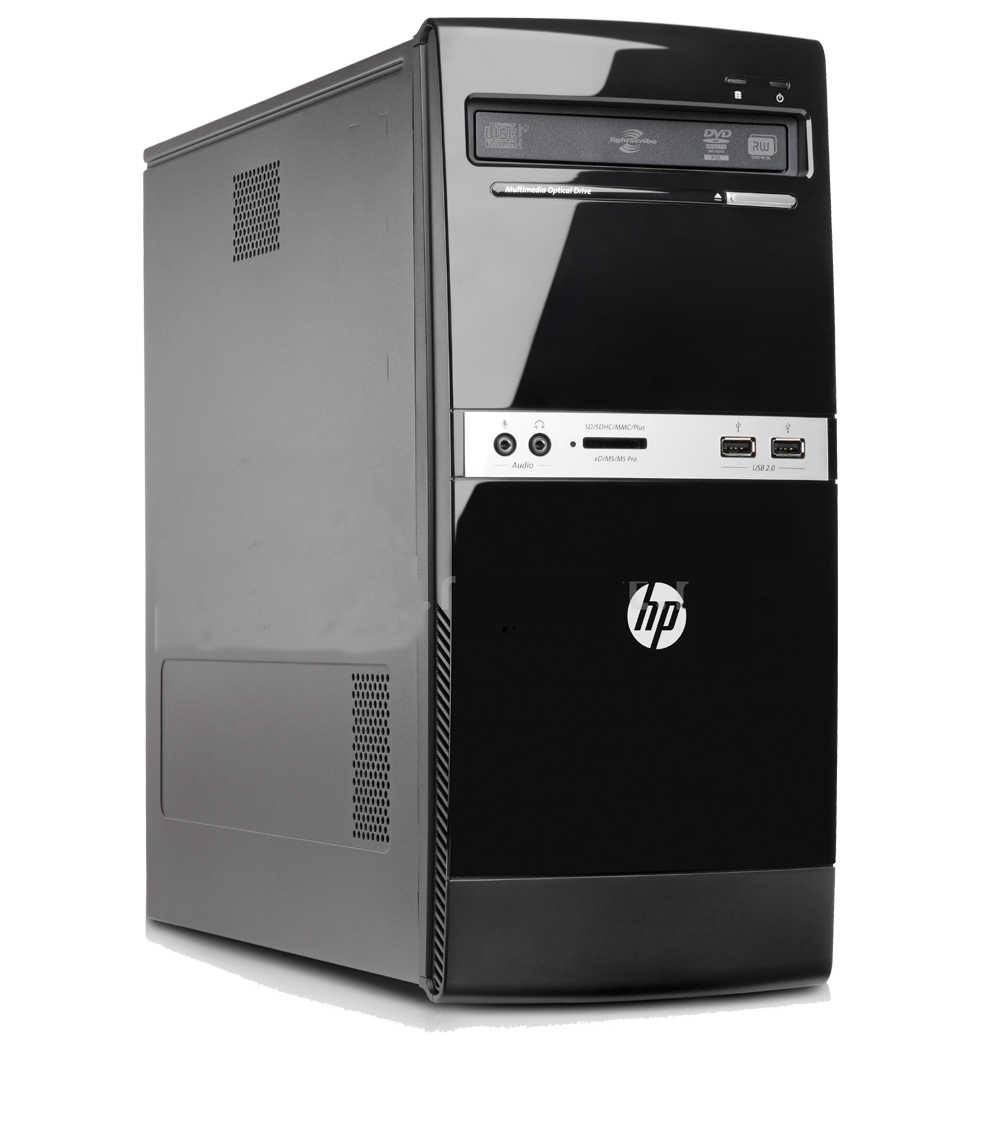
Conclusion: Input devices, output devices, and processing devices are the fundamental building blocks of modern computing. Input devices enable us to interact with computers, while output devices present information to us in accessible formats. Processing devices perform the vital task of executing instructions and manipulating data, enabling the conversion of input to output. By understanding the roles and



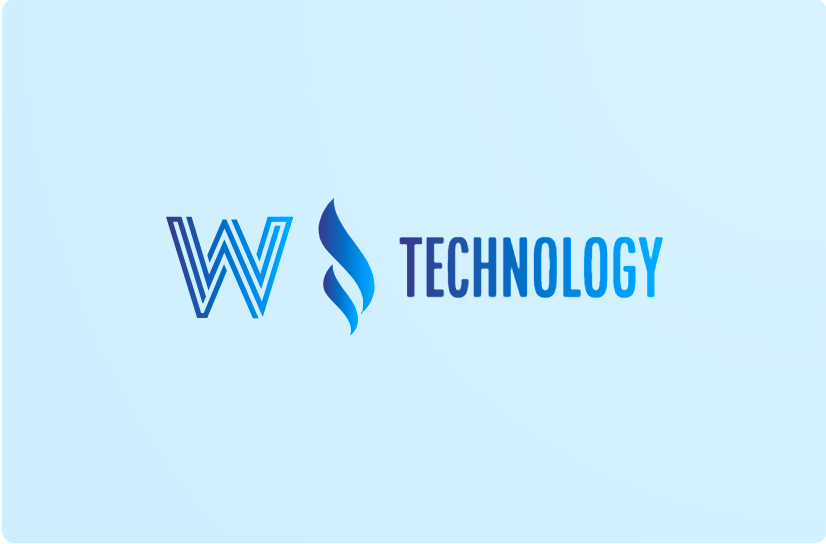






0 Comments